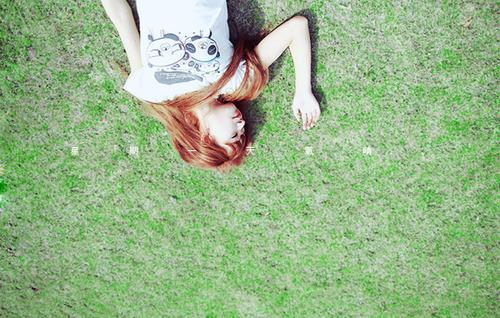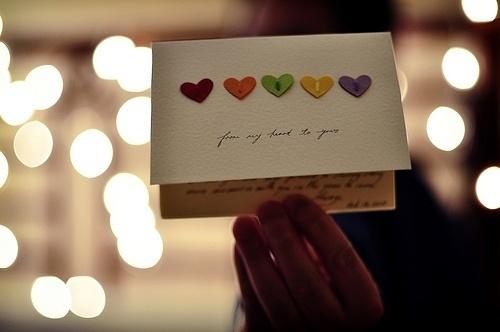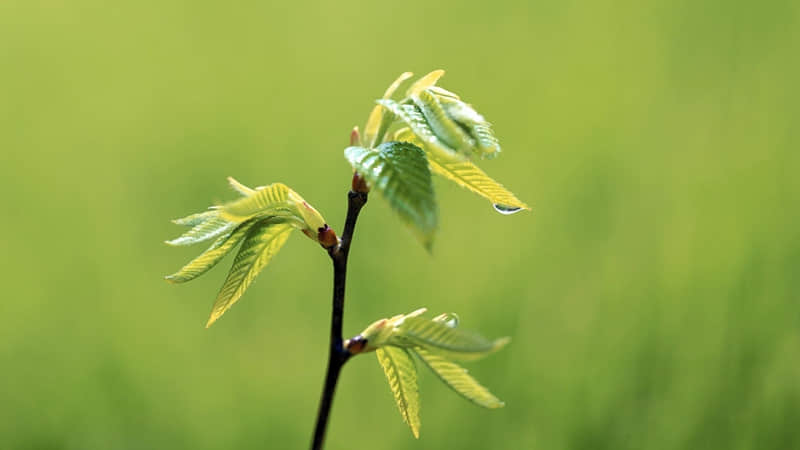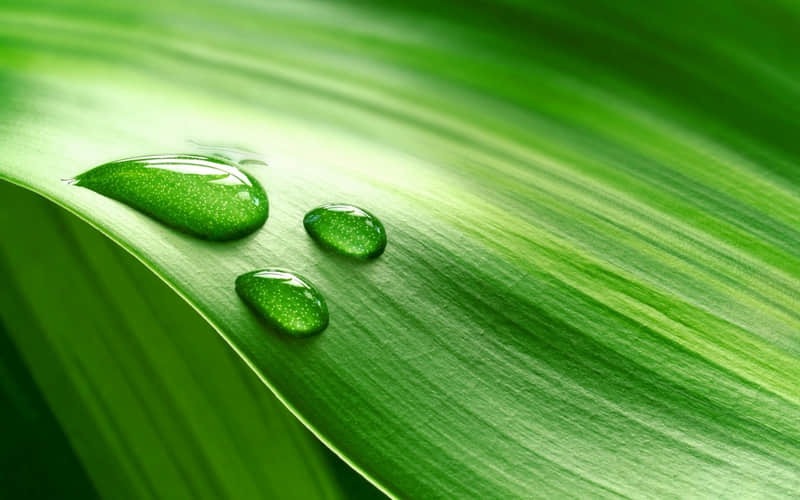The film was released in April 2009 in France and went on to international release. As of November 30, 2009, it has grossed $34,913,844 worldwide.[1]
The film is currently in limited release by Sony Pictures Classics in the United States (L.A, Chicago and New York), but will be more widely released in the coming months
Several years after leaving the orphanage to which her father never returned for her, Gabrielle Chanel finds herself working in a provincial bar both. She's both a seamstress for the performers and a singer, earning the nickname Coco from the song she sings nightly with her sister. A liaison with Baron Balsan gives her an entree into French society and a chance to develop her gift for designing increasingly popular hats. When she falls in love with English businessman Arthur Capel further opportunities open up, though life becomes ever more complicated.
Anne Fontaine sticks to the remit in this biopic by ignoring the Chanel that most of us are familiar with, i.e. the world-leading brand name in world couture. Instead we get an idiosyncratic, occasionally dramatic but strangely lightweight account of Gabrielle 'Coco' Chanel's formative years as a cabaret act on the run. Audrey Tatou's compelling but unsympathetic Coco insinuates herself into the company of a moneyed aristocrat (Poelvoorde's étienne Balsan). Fontaine's camera follows her as she see-saws between the hungry absorption of timeless country style in her surroundings and creative repulsion towards the glazed bourgeoisie whom she must suffer.
The only real issue with this film is that most of the its drama only comes from knowing who the protagonist goes on to become. There is next to no mention of Chanel's postwar success and influence. Instead we get the only real styling howler of the film - using contemporary models for a 'catwalk' show that's meant to be no later than the mid-1960s - and a text afterword of dubious use. It's competently, reverently assembled though.
http://www.smh.com.au/news/entertainment/film/film-reviews/coco-avant-chanel/2009/06/24/1245522877268.html
香奈兒 (chanel) 創辦人可可·香奈兒(coco chanel) 小姐,原名 “gabrielle bonheur chanel ” ,1883年出生於法國的auvergne。香奈兒 (chanel) 小姐6歲時母親離世,父親更丟下她和另外四名兄弟姊妹。自此,她由姨媽撫養成人,兒時入讀修女院學校 (convent school),並在那兒學得一手針線技巧。在香奈兒 (chanel) 小姐22歲那年 (1905年),她當上咖啡屋歌手並起了藝名 “coco”,在不同的歌廳和咖啡屋賣唱維生。在這段歌女生涯中,可可·香奈兒(coco chanel) 先後結交了兩名老主顧並成為他們的情人,一名是英國工業家,另一名是富有的軍官。結交達官貴人,令可可·香奈兒(coco chanel) 有經濟能力開設自己的店。
1910年,可可·香奈兒(coco chanel) 在巴黎開設了一家女裝帽店,憑著非凡的針線技巧,香奈兒 (chanel) 小姐縫製出一頂又一頂款式簡潔耐看的帽子。香奈兒 (chanel) 小姐那兩位情人為她介紹了不少名流客人。當時女士們已厭倦了花俏的飾邊,所以香奈兒 (chanel) 設計的帽子對她們來說猶如甘泉一般。短短一年內,香奈兒 (chanel) 小姐的生意節節上升,於是可可·香奈兒(coco chanel) 把她的店子搬到氣質更時尚的 rue cambon 區,至今這區仍是香奈兒 (chanel) 總部所在地。做帽子絕不能滿足可可·香奈兒(coco chanel) 對時裝事業的雄心,所以她進軍高級定製服裝領域。1914年,可可·香奈兒(coco chanel) 開設了兩家時裝店,影響後世深遠的時裝品牌“chanel”宣告正式誕生。
步入20年代,香奈兒 (chanel) 小姐設計了不少創新款式,例如針織水手裙 (tricot sailor dress) 、小黑裙 (little black dress)、樽領套衣等。而且,coco chanel 從男裝上取得靈感,為女裝添上多一點男兒味道,一改當年女裝過份豔麗的綺靡風尚。例如,將西裝褸 (blazer) 樣式加入香奈兒 (chanel) 女裝係列中,又大膽推出香奈兒 (chanel) 女裝褲子。不要忘記,在20年代女性是隻會穿裙子的!
可可·香奈兒(coco chanel) 這一連串的創作為現代時裝史帶來重大革命。可可·香奈兒(coco chanel) 對時裝美學的獨特見解和難得一見的才華,使她結交了不少詩人、畫家和知識份子。她的朋友中就有抽象畫派大師畢加索 (picasso)、法國詩人導演尚·高克多 (jean cocteau) 等等。可可·香奈兒(coco chanel) 小姐的年代正是法國時裝和藝術發展的黃金時期。
除了時裝,香奈兒 (chanel) 也在 1922 年推出著名的 chanel no.5 香水。chanel no.5 香水瓶是一個甚具裝飾藝術味道的方形玻璃瓶。 chanel no.5 是史上第一瓶以設計師命名的香水,而“雙c”標誌也使這瓶香水成為香奈兒 (chanel) el 曆史上最賺錢的產品,在恒遠的時光長廊上曆久不衰!至今在香奈兒 (chanel) 的官方網站 chanel no.5 香水依然是重點推介產品。大明星 nicole kidman 為 chanel no.5 香水作代言人的廣告更是傳為經典中的經典。
30~40年代,二戰爆發,可可·香奈兒(coco chanel) 把店關掉,與相愛的納粹軍官避居瑞士。1954年,她重返法國,香奈兒 (chanel) 東山再起,可可·香奈兒(coco chanel) 小姐以她一貫的簡潔自然風格,迅速俘虜一眾巴黎仕女。粗花呢大衣、喇叭褲等等都是可可·香奈兒(coco chanel) 戰後時期的作品。chanel 品牌成為法國時裝史上最光榮的一筆。香奈兒 (chanel) 的設計一直保持簡潔高貴風格,多用 tartan 格子或北歐式幾何印花、粗花呢 (tweed) 等布料,舒適自然。在可可·香奈兒(coco chanel) 1971年去世後,德國名設計師卡爾·拉格斐 (karl lagerfeld) 成為香奈兒 (chanel) 品牌的靈魂人物。
自1983年起,“老佛爺”卡爾·拉格斐 (karl lagerfeld) 一直擔任香奈兒 (chanel) 的總設計師,將 香奈兒 (chanel) 時裝推向另一個高峰。還有一處有趣地方堪可提及,就是香奈兒 (chanel) 品牌創立了接近90年,從未造過一件男裝,直至2005/2006的秋冬係列才造了幾件男裝上市而已。






 找個陳美嘉那樣的女人
找個陳美嘉那樣的女人

